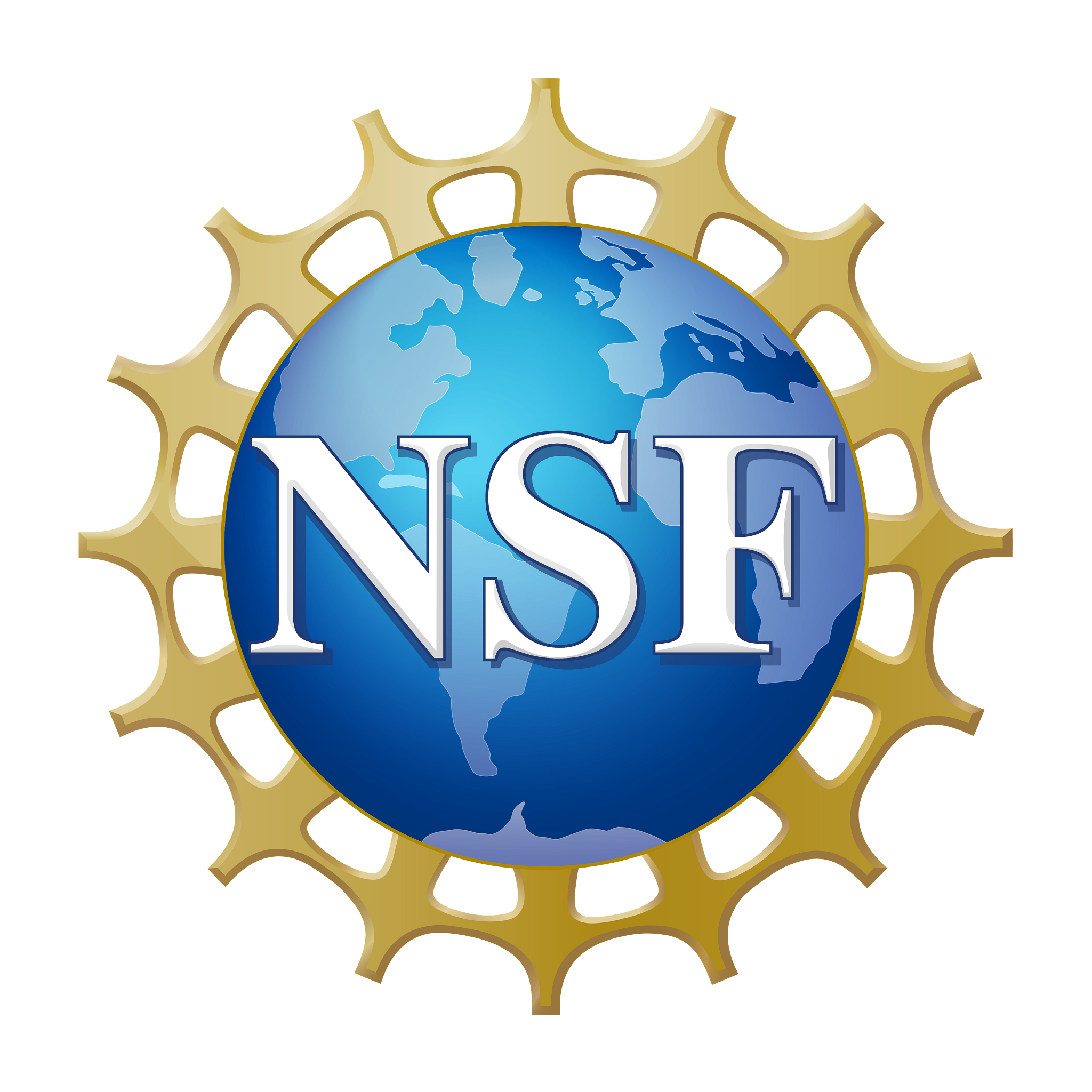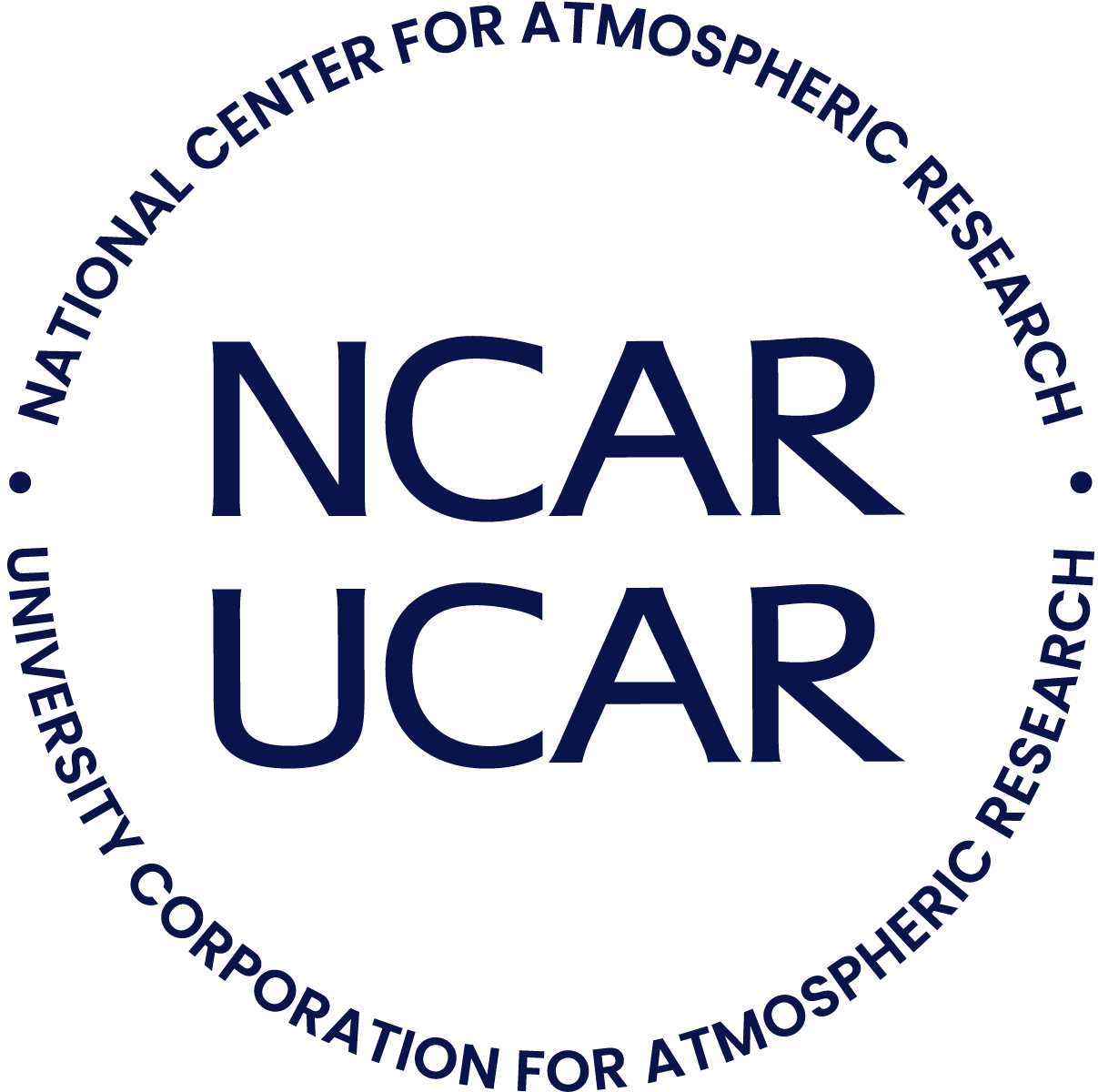-
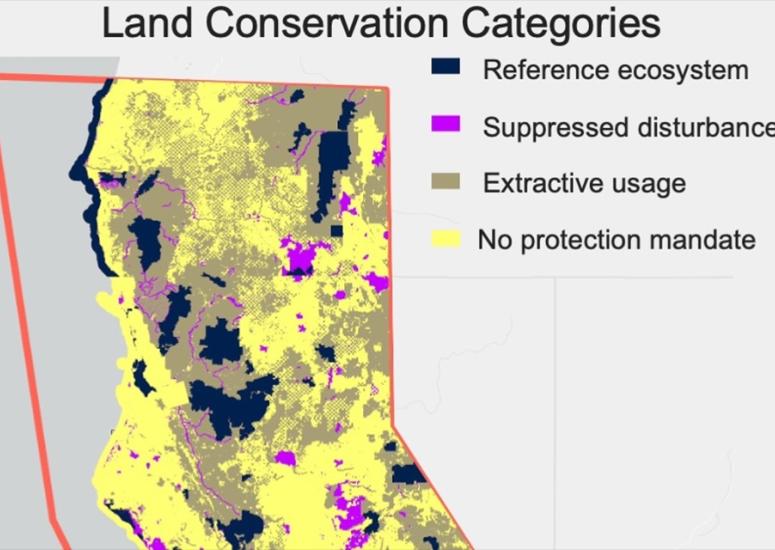
Satellite observations provide insight into post-wildfire forest recovery
Using satellite observations to evaluate forest recovery following a wildfire could be an innovative, cost-efficient way to assess the effectiveness of land management practices, according to research published earlier this year.
- Data
-
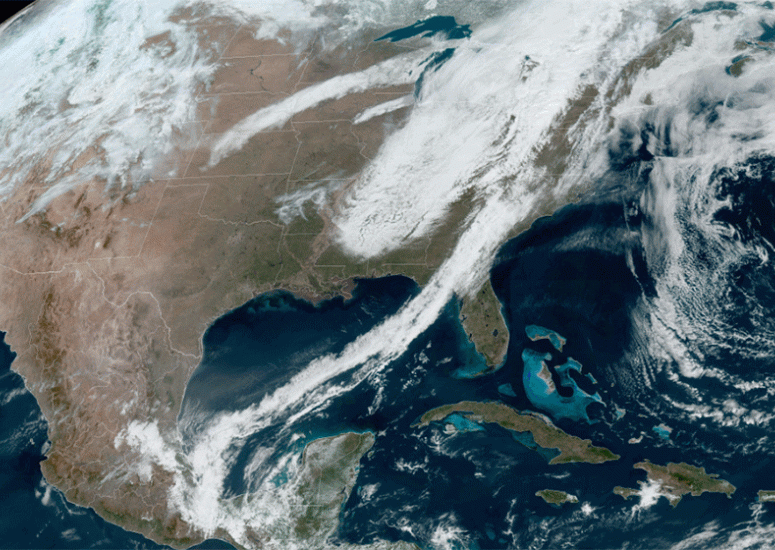
The Weather Company adopts JEDI system to improve everyday forecasts
The Weather Company has become the first operational user of JEDI, a groundbreaking software tool developed at the Joint Center for Satellite Data Assimilation.
- Data,
- Weather
-
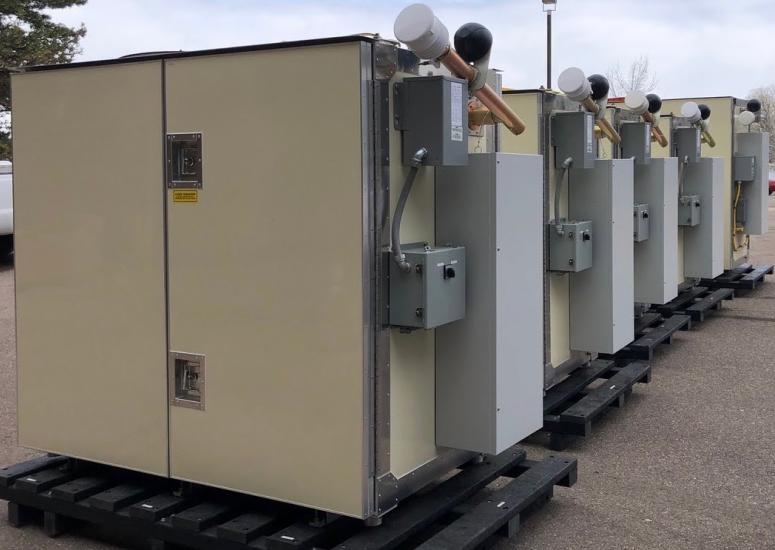
Transforming severe weather forecasting
An innovative weather instrument developed at the U.S. National Science Foundation National Center for Atmospheric Research (NSF NCAR) could be a solution for improving severe weather prediction.
- Data
-
2024 Year in Review
The research coming out of the U.S. National Science Foundation National Center for Atmospheric Research (NSF NCAR) in 2024 ranged from mesmerizing to potentially life saving. From breathtaking celestial wonders to hurricane research that aims to make society more resilient, here are the highlights of NSF NCAR’s top science stories from the past year.
- Data
-
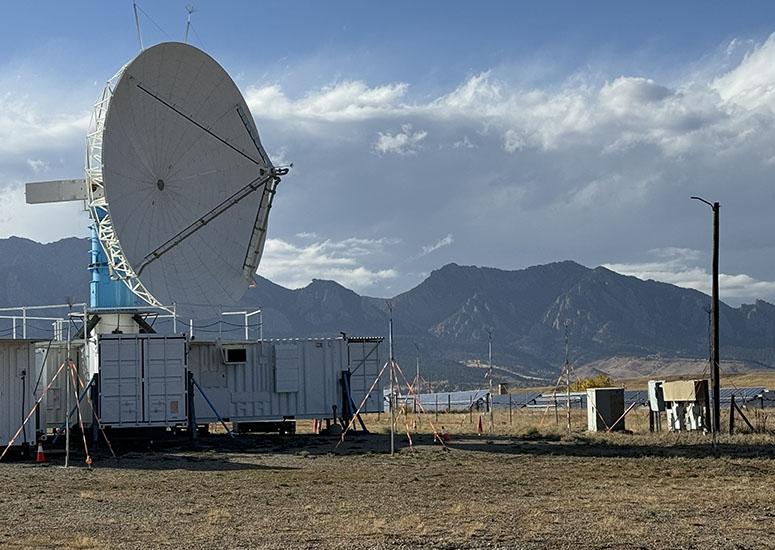
Instrumentation dream team
Scientists at the U.S. National Science Foundation National Center for Atmospheric Research (NSF NCAR) are proposing a sensor network called the LOwer Troposphere Observing System (LOTOS). LOTOS aims to improve observations of the troposphere, the lowest region of Earth's atmosphere, by simultaneously sampling the atmosphere horizontally and vertically.
- Data
